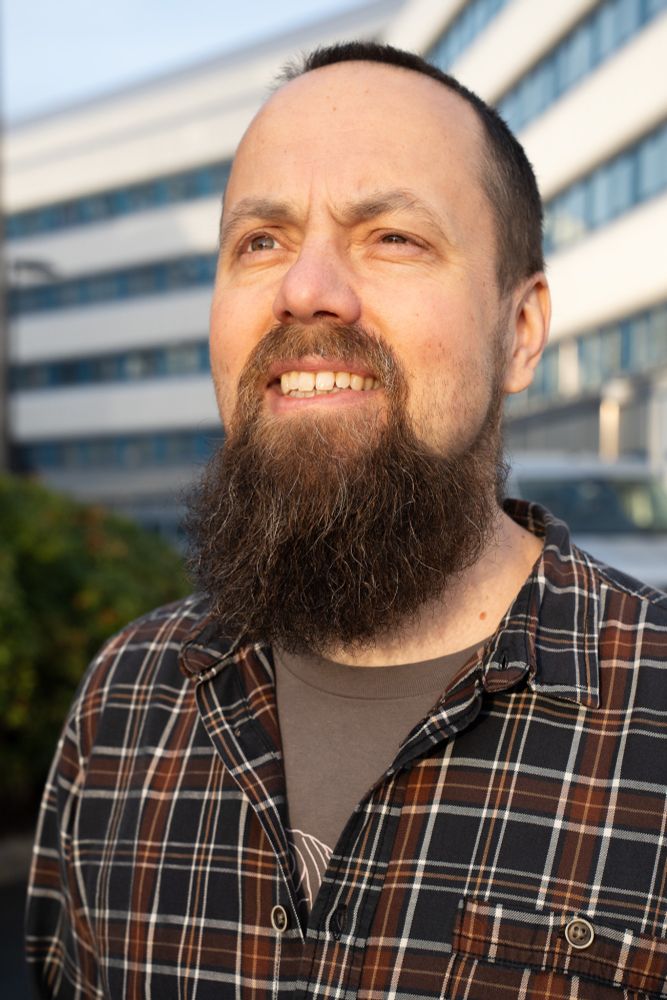Faculty of Science and Technology at University of Bergen
#ArcticResearch #PolarBearScience

#ArcticResearch #PolarBearScience
The unique grease in polar bear fur prevents ice from sticking, which can revolutionize skiing with eco-friendly wax⛷️❄️
@unibergen.bsky.social, @science.org

The unique grease in polar bear fur prevents ice from sticking, which can revolutionize skiing with eco-friendly wax⛷️❄️
@unibergen.bsky.social, @science.org
🌊 youtu.be/q7DOClnx9Fs?...

🌊 youtu.be/q7DOClnx9Fs?...
“I am grateful for the opportunity to represent my community in this report", he says.
🧪
bjerknes.uib.no/en/article/n...

“I am grateful for the opportunity to represent my community in this report", he says.
🧪
bjerknes.uib.no/en/article/n...
@natureportfolio.bsky.social


@natureportfolio.bsky.social

